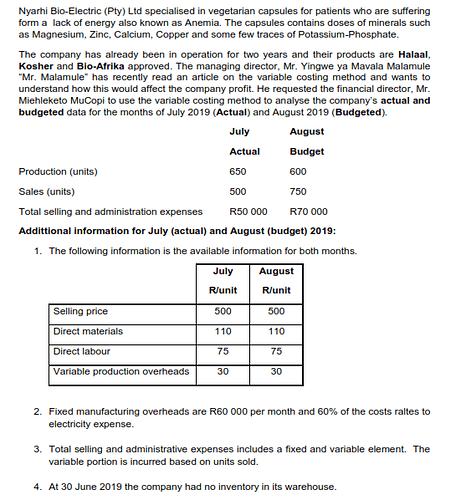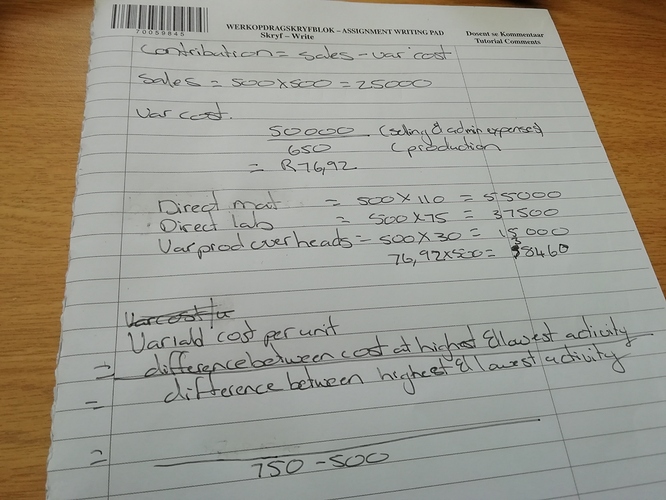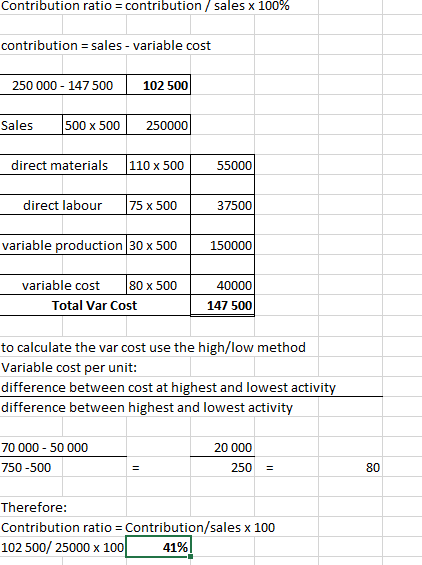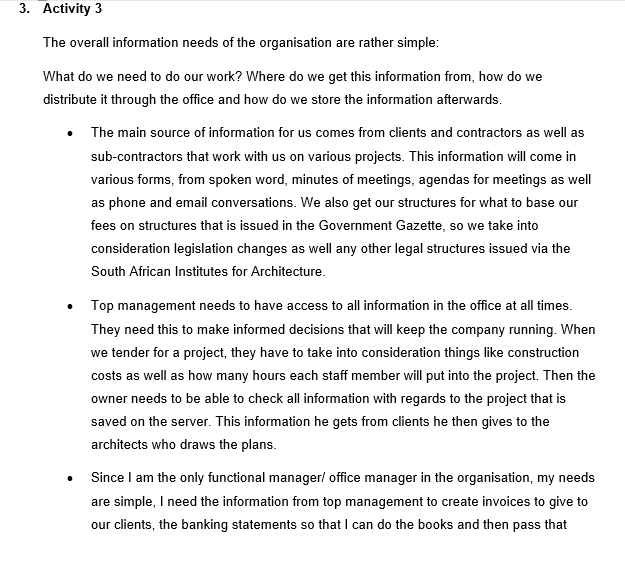If one of you would be so kind as to quickly read what I wrote as an answer for that stupid first question I would greatly appreciate it.
I need to submit on sunday evening:
The fundamentals of an information system are the combination of software, hardware, personnel and the infrastructure that is part of a company or organisation. This is used to collect all data to be stored in the MIS (Management Information System). The hardware consists of anything electronic, from computers and laptops, to printers, scanners, phones and other network devices like routers. The software elements consist of any and all software that a company uses, from Microsoft Office, to any specific software that the company needs like Pastel for bookkeeping, or AutoCAD and Revit in my company since we are an architectural firm.
This is a very important part of the company since it makes it possible for staff to do their work, share data and save important information that is vital to the company.
There are various ways to implement an information system, I am basing mine on what worked in our small office.
Step one: Analysing of what is needed to create a proper flow of information and data. And why do we need to implement the information system, is there duplication of data, is there a communication flow error or is information just not passes along to the relevant people or departments. In our company we share data on a main server.
Step two: Design stage, where you start designing the flow of information. Is it a top down flow, down up or a type of flow where everyone gets to stay informed? This is also where you decide what hardware and software will be needed. In our case we need 4 computers, one for each staff member as well as one to serve as the server (main point for data collection and saving – so that everyone has access to it at all times.) Two printers – one for the admin manager and one for the owner. The other staff has access to the admin printer on the server at all times. Then we have the internet connection since we also use a lot of cloud services to share with clients and contractors. The last 2 pieces of equipment we have are a plotter to print our plans on and a VOIP system for our telephone system. This also includes all relevant software – email, office suite (word and excel), Pastel, Revit and AutoCAD.
Step three: Costing and approval, this is when we present all the necessary quotes and information to the owner so that he can approve the budget and purchase the software and equipment.
Step four: Implementation and instalment of hardware and software. This is also a testing phase to ensure we have all that we need and no surplus.
Step five: Evaluation and making changes as needed to keep the flow of information current and accessible for all.





